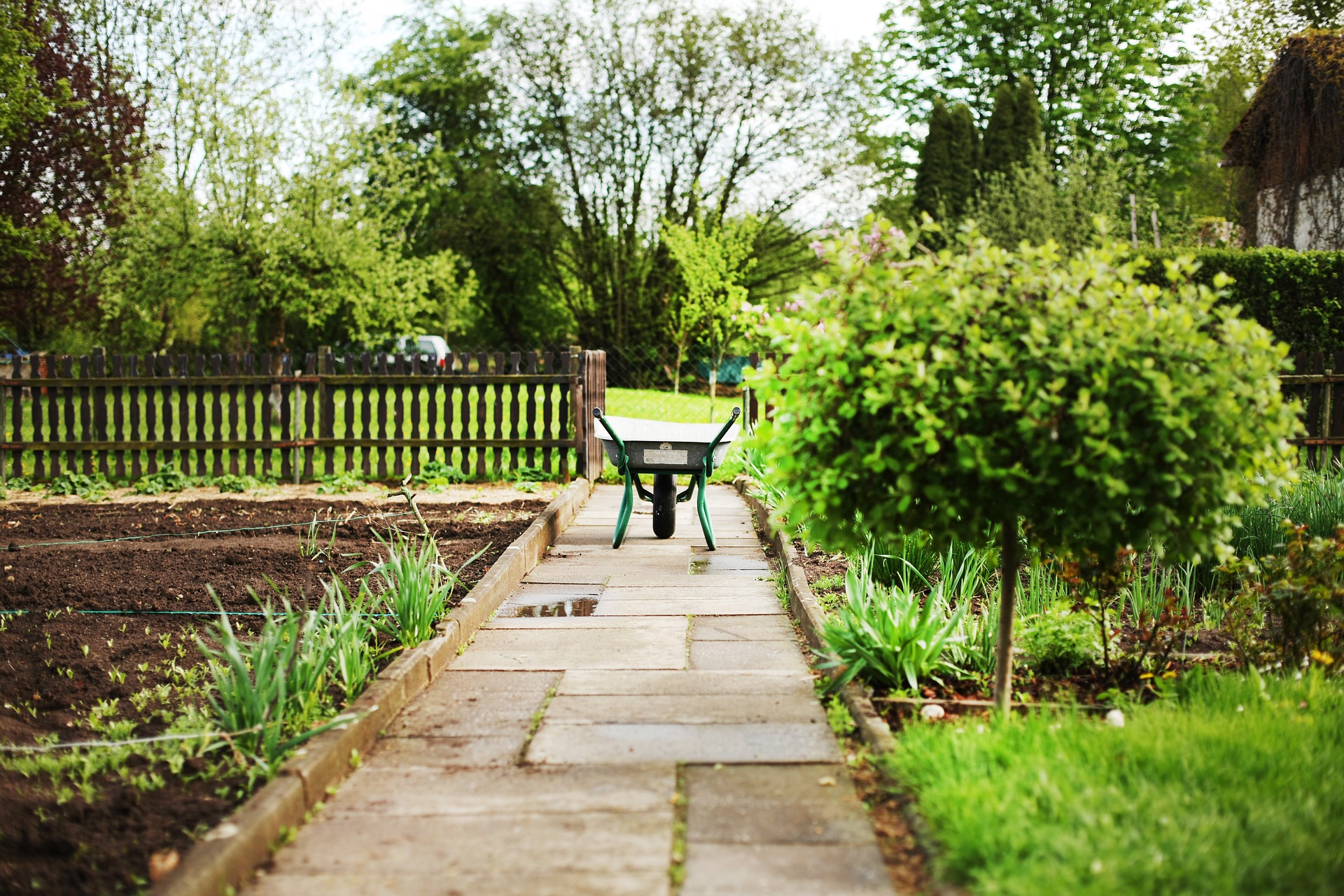Smart irrigation tips to minimize water waste and expenses
Efficient irrigation saves water and lowers utility bills while supporting healthy plants and resilient landscapes. This article outlines practical strategies to reduce runoff and evaporation, match watering to plant needs, and integrate design choices that cut maintenance and costs.

Smart irrigation combines technology, plant selection, and smart site design to reduce water waste while keeping outdoor spaces attractive and functional. By matching irrigation schedules to plant needs, improving soil health, and using targeted delivery methods, gardeners and landscapers can conserve water, reduce utility costs, and support pollinators and perennials that thrive with less supplemental moisture. Practical adjustments to patios, hardscaping, and drainage also help limit runoff and direct water where it benefits soil and plants most.
How can irrigation systems cut water use?
Modern irrigation systems reduce waste through zoning, low-flow emitters, and smart controllers that respond to weather and soil moisture. Zone plants with similar water needs together so perennials, shrubs, and turf aren’t overwatered. Drip irrigation and soaker hoses deliver water slowly to roots, reducing evaporation compared with overhead sprinklers. Install a rain sensor or soil moisture probe to skip scheduled runs after rain or when soil remains moist. Regularly check for leaks and broken heads; even small leaks can cause substantial waste over a season.
What role does xeriscaping play in conserving water?
Xeriscaping is a design approach that emphasizes drought-tolerant plants, efficient irrigation, and thoughtful layout. Incorporating native species and drought-resistant perennials reduces irrigation frequency and supports local pollinators. Grouping plants by water needs (hydrozoning) and replacing thirsty turf with mixed beds or hardscaping like pavers and mulch beds lowers overall demand. Xeriscaping also considers soil amendments and mulching practices that improve moisture retention, helping landscaping look attractive while requiring less watering.
How does mulch and composting help soil and irrigation?
Mulch and composting are simple, cost-effective ways to improve soil moisture retention and structure. A layer of organic mulch around plants reduces surface evaporation, moderates soil temperature, and suppresses weeds that compete for water. Incorporating compost into soil increases its ability to hold water and nutrients, making irrigation more efficient. Regularly refresh mulch to maintain a 2–4 inch cover where appropriate, and use compost in planting holes or beds to support perennials and pollinators with healthier root zones.
Which plants reduce watering needs and support pollinators?
Choosing the right plants is a key irrigation strategy. Perennials and native species often need less supplemental water once established compared with nonnative ornamentals. Select plants adapted to your regional climate and group them by water needs so irrigation can be targeted. Include flowering perennials and shrubs that attract pollinators; many pollinator-friendly species are also drought-tolerant. Avoid overplanting turf in favor of mixed beds, pocket meadows, or mulch-covered zones to cut watering while providing habitat for beneficial insects.
How do hardscaping, pavers, and patio choices affect water use?
Hardscaping elements such as patios, decking, pavers, and pathways influence drainage and irrigation needs. Permeable pavers and porous surfaces allow rain to infiltrate the soil, reducing runoff and recharging moisture for near-plant areas. Position patios and decking to minimize compacted soil around planting beds, and design grading to direct excess water into planted swales or rain gardens. Hardscaping can reduce irrigation area if used thoughtfully, but keep planting pockets and beds appropriately mulched and irrigated to sustain nearby vegetation.
Can lighting and overall design improve irrigation efficiency?
Landscape lighting and design choices can indirectly improve irrigation outcomes by shaping how spaces are used and maintained. Well-planned lighting highlights hardscaped areas, encouraging concentrated activity on patios and decks rather than widespread lawn use, which can reduce irrigated turf area. Design features such as berms, rain gardens, and contouring can capture and redirect runoff toward planting zones. Combining efficient lighting, reduced turf, and integrated irrigation design creates cohesive spaces that require less water and maintenance.
Conclusion Reducing water waste and expenses requires a combination of targeted irrigation methods, sensible plant choices, and site design that conserves moisture. Drip systems, xeriscaping principles, mulch and compost, and thoughtful hardscaping can all reduce watering frequency and runoff while supporting healthy soil and pollinators. Implementing these strategies gradually allows homeowners and landscape managers to monitor results and adjust schedules and layouts for long-term resilience and lower costs.





